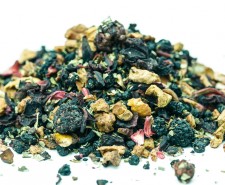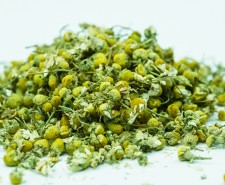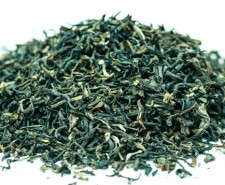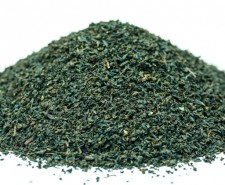Tea Steeping Guide
How to make a great cup of tea
If you are looking for the perfect cup of tea then just follow these few tips and you will be guaranteed a wonderful flavour, colour and aroma every time. Also download our Tché Villa Tea Steeping Guide for specific information on our Tché Villa range of teas, which provides information on tea classifications, teaspoon serving amounts, water temperature and steeping times.
Start with good quality water
Tea loves oxygen to help release the flavours and so always use freshly drawn cold water. However, tap water is treated with fluoride and chlorine which can adversely affect the taste of tea and so it is better to use filtered water, as this will produce a fresher, nicer tasting cup of tea. If you are fortunate to have rain water then this will usually produce even better results.
The importance of correct water temperature
Boiling water partially removes the oxygen and so it is best not to heat water to the point of boiling (which takes place at 100°C) and indeed to stop at around 98°C for those teas that require the higher temperatures. Water is less able to hold the oxygen at higher temperatures because the molecules are moving faster, increasing the number of collisions between them, which allows the oxygen molecules to leave the water more often. As a point of interest, the oxygen content of the water increases as the water cools.
When it comes to heating water to the correct temperature, pay particular attention to temperatures detailed in the downloadable Tché Villa Tea Steeping Guide, as different types (classifications) of tea require different water temperatures and steeping times. After a while you may get the feel of how hot the water is by how close you take it to near boiling point. If you accidently boil the water but you intended to make a green tea that only requires about 70°-80°C, then you can always bring the temperature down a little by first adding some cold water to the tea leaves in the pot before pouring in the hot water or by just waiting a short while until the water cools a little before using it.
Pre heat your teapot and cups
Always pre heat the teapot or plunger with some hot water and likewise do the same with the tea cups, as this helps maintain the temperature of the tea once poured into the cup.
Steeping times
There are a few guidelines regarding the effect of extended steeping times on different classifications of tea. When black teas are steeped for too long, the tannins are released making it taste bitter and this is the same for flavoured black teas. However, green, fruit, herbal and white teas taste stronger if steeped for longer than the recommended times. So if you want a stronger black tea or flavoured back tea then just add more tea. There is also a general rule that the larger the leaf then the longer the steeping time. Some teas like green teas can also be re infused a few times.
Tea storage
Tea absorbs moisture and kitchen smells and so it is important that it is stored in air tight packaging or a storage container away from heat, moisture or direct sunlight. If your tea was supplied in thick foil packaging then it is okay to keep the tea in that packaging, but after use, fold the opened end over itself tightly and then secure it with an elastic band. For added freshness, you could always put the bag of tea into an air tight storage container or a plastic zip lock bag.
Follow this tea steeping guide and these tips and you will be guaranteed to produce a great cup of tea.









